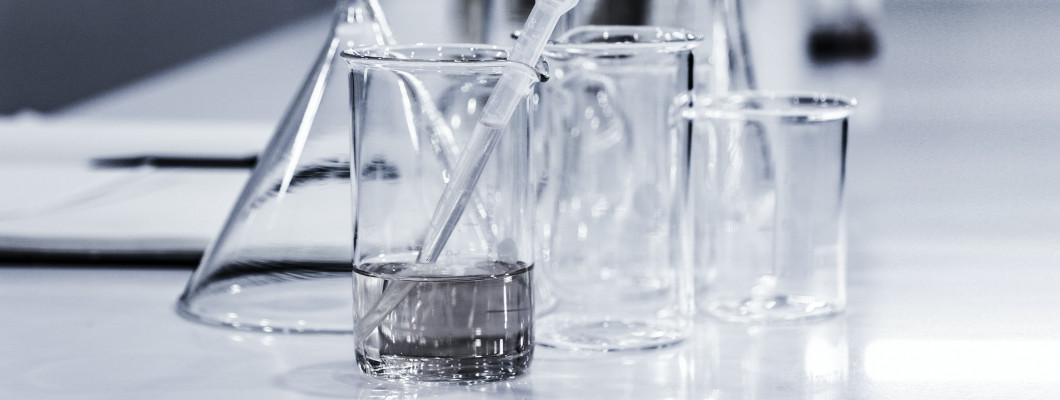Biocides and Novel Antimicrobial Agents for the Mitigation of Coronaviruses

“Chlorine dioxide (ClO2) is a gas at room temperature and is easily dissolved in water, although concentrations in water diminish rapidly (Gates et al., 2009). It is an effective disinfectant in both gas and liquid states, making it a versatile biocidal agent (Gates et al., 2009; Morino et al., 2011). A ClO2 solution at concentrations yielding 2.19 ppm free chlorine in wastewater has been reported to inactivate SARS-CoV-1 (Wang et al., 2005; Miura and Shibata, 2010), which makes it a less efficacious disinfectant against the virus than chlorine, which was effective at 0.5 ppm free chlorine. To achieve complete inactivation of the virus in wastewater, ClO2 at 20 ppm required a 5 min contact time. However, a 10 ppm solution only achieved a 55.3–68.4% inactivation of the virus (Wang et al., 2005). ClO2 is an active virucidal agent in its gaseous state. When placed in an environment with chlorine dioxide at concentrations of 0.05 ppm, Influenza A virus (an enveloped virus) on wet glass slides was reduced from > 6 log10 TCID50 to below the limit of detection (<0.5 log10 TCID50) within 3 h, while the control (air) titers remained unchanged after 5 h exposure (Morino et al., 2011). Complete inactivation of SARS-CoV surrogate MHV strain A59 after 12 h exposure to 0.16 ppmv/min ClO2 gas has been reported, with titers reduced 3.5 times after 6 h exposure (Kim J. et al., 2016). ClO2 can also be safely used in low concentrations around animals and people to control airborne viruses. Mice housed in an environment with 0.032 ppm ClO2 were exposed to aerosolized influenza virus A and compared to mice housed in fresh air with no ClO2. After 3 days, pulmonary titers in the control group were 6.7 TCID50, significantly higher than the 2.6 TCID50 observed within the mice exposed to ClO2 (Miura and Shibata, 2010). Gaseous oxidizers should be used according the federal regulations and should be monitored to prevent inadvertent exposure to personnel (CDC, 1978).”…… read more
Reference source: Frontiers in microbiology
